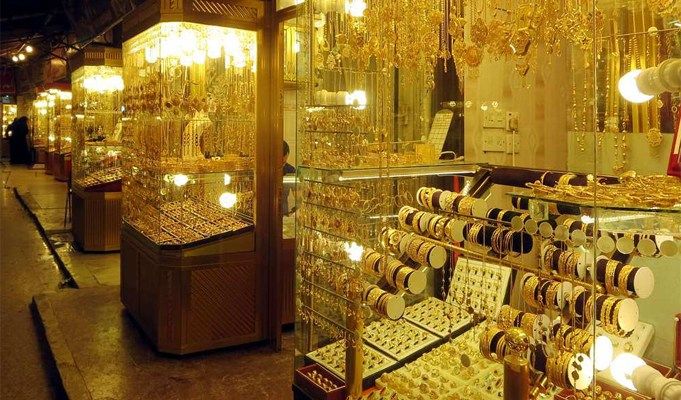The jewellery making industry in India is one of the largest and most ancient industries in the world. The intricate and delicate artwork defined with embellishments and gemstones and the use of pure metals are the highlights of the Indian jewellery industry.
Some of the popular types of jewellery include temple jewellery, gold jewellery, terracotta jewellery and oxidized jewellery.
In India, redefining jewellery designing has been largely a family inheritance passed from generations. Considering the growing demand for unique and new-age jewellery in India, the liberal trend in this field has now gained momentum. Jewellery designing courses are been introduced by many educational institutions, thus making it a mainstream career.
Today, the conventional techniques of jewellery making are taken over or enriched by digital technology. The use of new technology in the jewellery industry is on a rise, thus giving jewellery designers the advantage to create exquisite designs. It has helped designers to create intricate and customized designs to meet the growing demand of the industry.
Here’s how technology is redefining jewellery making in India.
Computer Aided Design Software
Computer Aided Design, popularly known as CAD, denotes the kind of software techniques that many industries and educational institutions swear by to design jewellery today. CAD is basically used to draw 2D and 3D (two & three-dimensional) drawings. The software is commonly used by jewellery designers to create jewellery illustrations and realistic visualizations based on them. Jewellery illustration is a theory-cum-practical subject taught in jewellery designing institutes which helps students to draw intricate artwork.
The use of CAD has become global that it is being used in other industries such as fashion and interior design as well. Customers who prefer customised jewellery can collaborate with jewellery designers before making the final purchase. They can also give their suggestion on what kind of jewellery they prefer on the virtual platform.
Jewellery designers can also experiment the look of a particular ornament by swapping between various metals and gemstones virtually. The use of this technology in the jewellery making industry is time-saving and gives precisely desired results.
3D Printing Technique
Customisation of jewellery requires keen detailing and precision. Designers prefer 3D printing as it helps them with quick and easy designing and creating solid reference models. 3D printing is also popular in other industries where it brings down the manufacturing cost and saves spending on valuable resources.
Students learn better when they are exposed to practical scenarios. Jewellery making classes ideally include site visits to give students a glimpse of how jewellery manufacturing industries implement 3D printing technique on jewellery articles.
The “All-purpose” Jewellery
The “All-purpose” jewellery has fast gained resonance among consumers because of its versatility. Today, consumers opt for jewellery that can mirror multiple styles. Manufacturing this type of multifunctional jewellery with the help of technology is cost-saving. The pieces can be easily dismantled and connected to form a unique ornament.
The Lasers Technique
The primitive jewellery making technique in India involved engraving, welding, sawing and cutting. Lasers, which were earlier used to file diamonds, are now being introduced in jewellery making industries.
The laser technique allows jewellery makers to give various forms and shapes to metals. This technique is a boon to the industry as they are now able to craft and engrave on different metals. Learning certain laser techniques not only comes with experience but with jewellery design education.
All this and more was totally unimaginable 20 years ago. Now, due to the use of latest manufacturing techniques, the cost of production has gone down leading to an increase in highly trendy jewellery that sells well.
The wise investment of time and effort with the aid of new technology on a particular jewellery piece has boosted creativity and quality. Today, Indian jewellery industry preserves its indigenous works of art while producing innovative and intricate jewellery styles, thanks to technology.
In the years to come, the Indian jewellery making industry will embrace even more advanced technology and mechanisms to create phenomenal results.





